Šafařík's maps inscribed on the UNESCO Memory of the World Programme
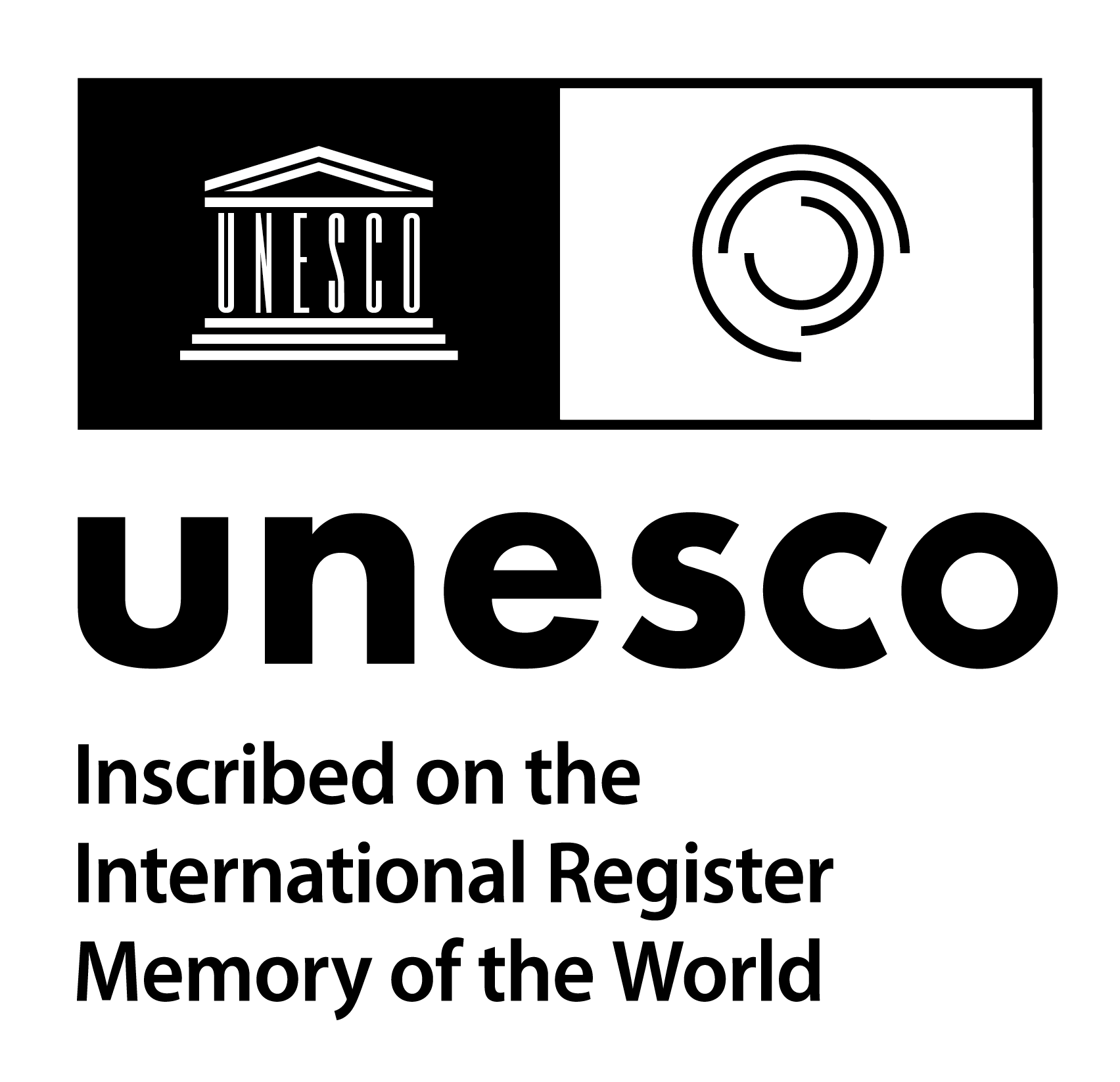
Czech documentary heritage have achieved a significant international success with the inscription of unique maps by Slavist Pavel Josef Šafařík. The UNESCO Secretariat received 122 applications, and only 74 were successful. Among them was the above-mentioned Czech nomination, which was entered into the UNESCO International Register Memory of the World. The Faculty of Science of Charles University can be proud of its second entry in this prestigious international list. In 2017, it succeeded with the nomination of Camocio's maps.
The 230th anniversary of the birth of the Slavist and philologist Pavel Josef Šafařík (13th May 1795 – 26th June 1861) was celebrated by entering his cartographic work into the prestigious UNESCO Memory of the World Register.
Media reports Certificate handover ceremony
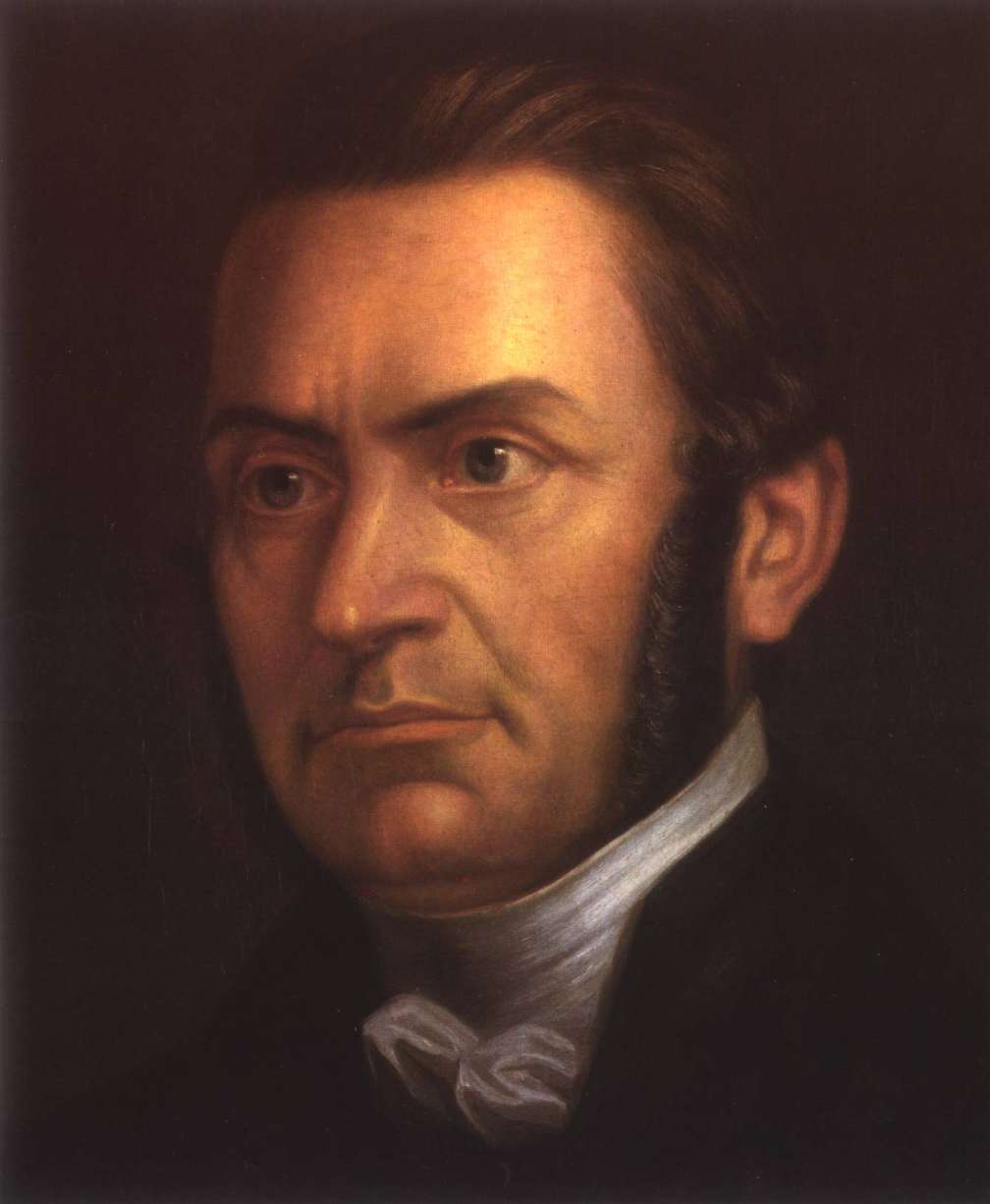
Pavel Josef Šafařík was born in Kobeliarovo under the Tatra Mountains, studied in Jena, and worked as the director of the Orthodox gymnasium in Novi Sad, Serbia. In 1833 he moved to Prague, where he worked until his death. He passed up lucrative positions at European universities and stayed in the Czech capital. He worked, among other things, as censor of Czech fiction and later as director of the Prague university library. In 1848, at the Slavic Congress in Prague, he delivered a memorable speech in which he demanded equality for the Slavic peoples in the Austrian monarchy. His most important work was Slovanské starožitnosti (1837), in which he described in detail the earliest history of the Slavs up to the end of the first millennium. He proved that the Slavs, along with the Greeks, Romans and Germans, were the co-creators of European culture. His work gained him great respect and was translated into many languages.
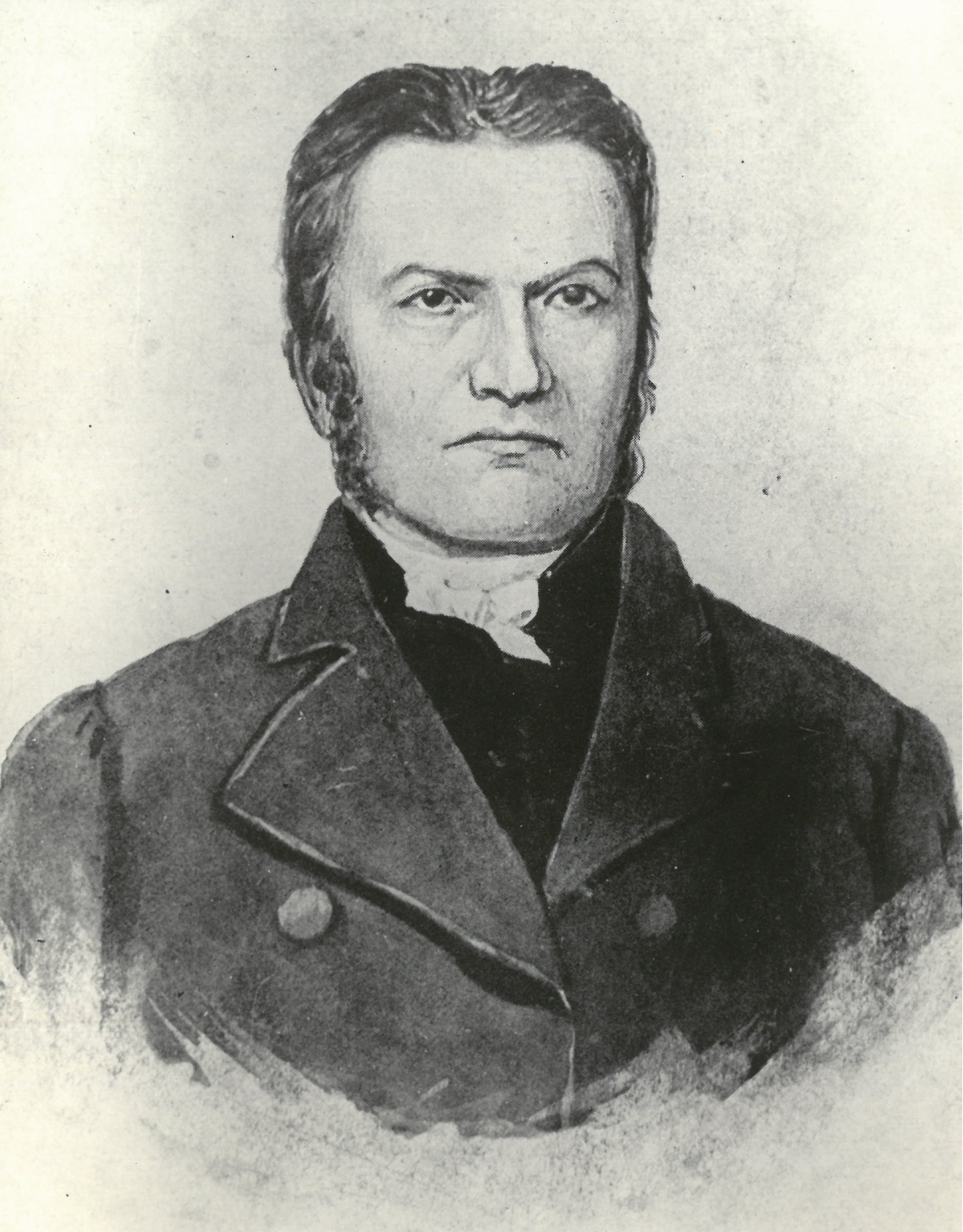
Šafařík began to create his own map collection during his stay in Serbia. He found many mistakes in the maps of the South Slavic regions and decided to create a new map of Serbia himself. Later he extended his intention to the territory inhabited by all Slavic peoples. These have often been distorted or omitted in the works of Western European authors. After twenty years, the self-taught cartographer developed into a reputable specialist.
Based on ancient sources he identified the oldest Slavic toponyms and located them on his historical maps. Unfortunately, they were not published in print and have been preserved only in unique manuscripts. His ethnographic-linguistic maps are also represented by preparatory concepts. Even more famous was the publication of the map Slovanský zeměvid (1842), which was published together with the monograph Slovanský národopis. Toponyms and hydronyms in local Slavic languages were listed here for the first time.
Collection of cartographic documents by Pavel Josef Šafařík
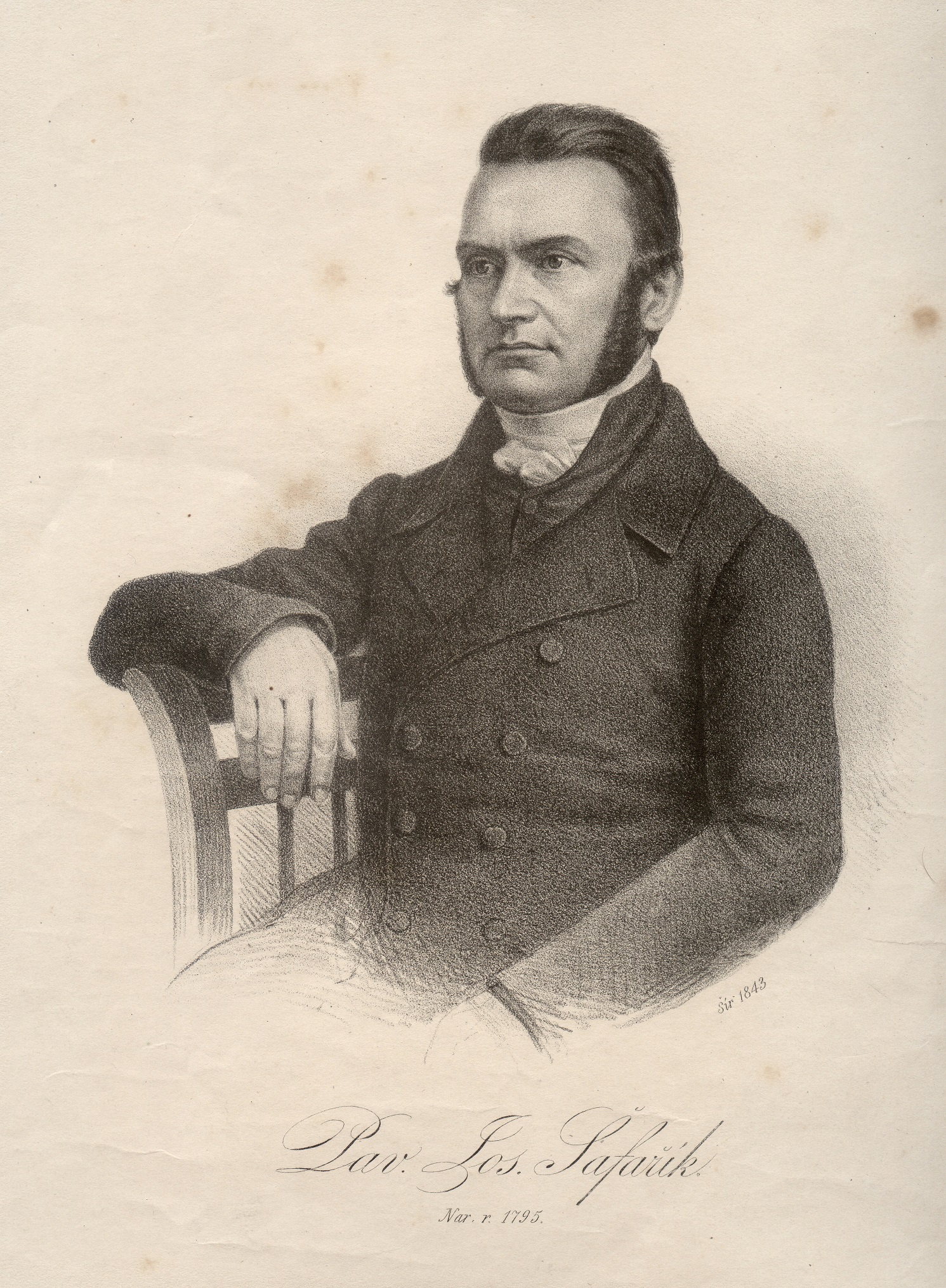
The collection of autographic documents of Pavel Josef Šafařík, stored in the Map Collection of the Faculty of Science of Charles University in Prague, represents 88 items from the period 1820–1851. Šafařík was the founder of thematic ethnographic-linguistic maps. His original cartographic technique influenced scientific practices beyond the borders of Europe. Some of consists in his unique research method of comparative linguistics, history, geography, cartography and toponomastics.
Šafařík's work is a perfect example of the scientific form of emancipatory efforts of the 19th century.
The registered collection contains original manuscript maps, printed maps with handwritten notes and colouring, and manuscript texts. This makes each document original and unique.
The Czech Republic already has ten successful entries in the UNESCO MoW. Now the maps of P. J. Šafařík will be added to them.
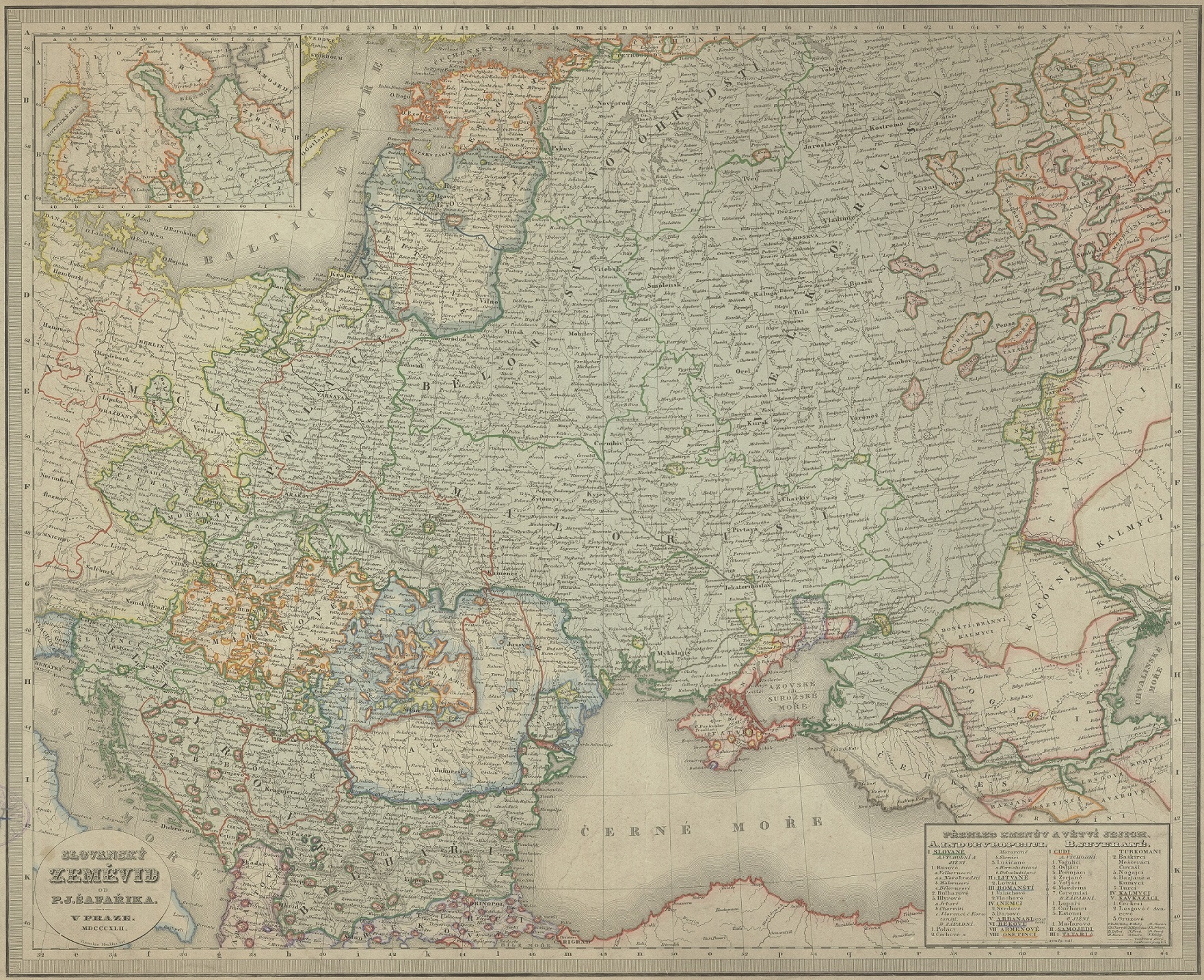 Šafařík, P. J. Slovanský zeměvid. Engraver V. Merklas. V Praze: [P. J. Šafařík], 1842.
Šafařík, P. J. Slovanský zeměvid. Engraver V. Merklas. V Praze: [P. J. Šafařík], 1842.
Contact the authors of the nomination:
PhDr. et Mgr. Eva Novotná, Ph.D. (Director of the Map Collection of the Faculty of Science, Charles University), novotn48@natur.cuni.cz, Tel.: + 420 221 951 355
Mgr. Mirka Tröglová Sejtková (Bibliographer, Map Collection of the Faculty of Science, Charles University), sejtm2af@natur.cuni.cz, Tel.: + 420 221 951 967
List of all new items of MoW UNESCO
Media reports
- Zpravodaj České kartografické společnosti (p. 13)
- Kartografické listy
- Noviny Prahy 2
- TV Guru
- Ministry of Culture of the Czech Republic (ceremony)
- Český rozhlas Sever, part 2 (the interview begins at approx. 4:30)
- Český rozhlas Sever, part 1 (the interview begins at approx. 23:48)
- Pro kulturu
- Charles University
- FORUM Charles University Magazine
- Český rozhlas Plus (the interview begins at approx. 6:25:23)
- Radio Prague International (Czech)
- Radio Prague International (German)
- Pro kulturu
- eMuzeum
- Zlatovna
Another successful Czech entry to the UNESCO Memory of the World Register this year is an archival set of situational plans of Jewish settlement, which bears witness to the national and religious policies of the time and is thus an important source for further historical research. The main coordinator of this nomination is the National Archives. The plans are available via the website vugtk.cz/plany/cs/.

